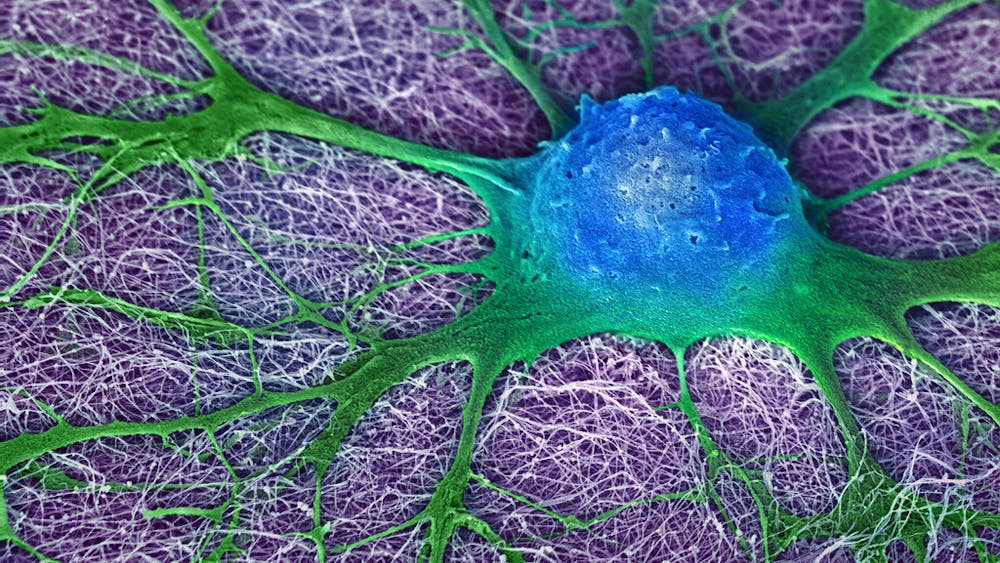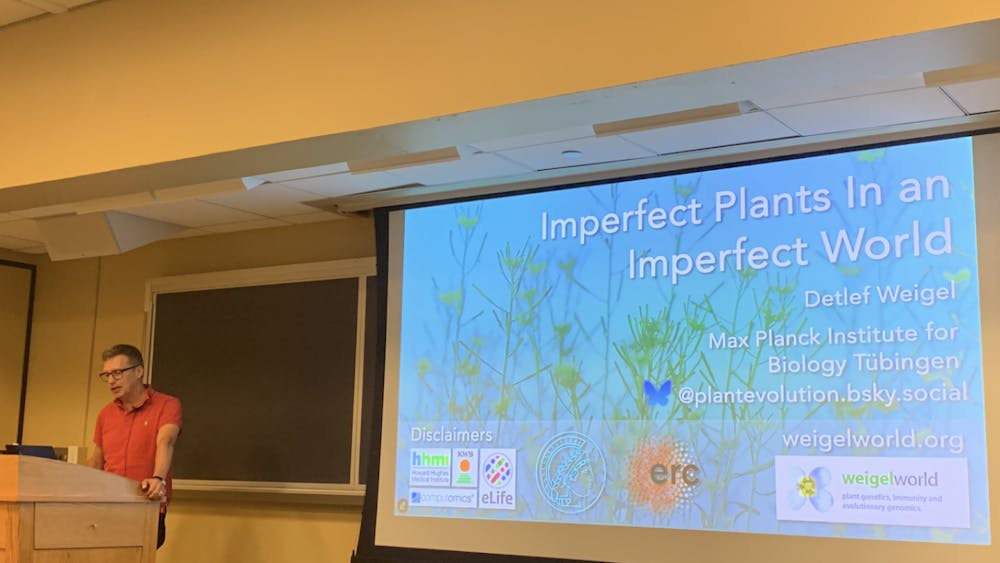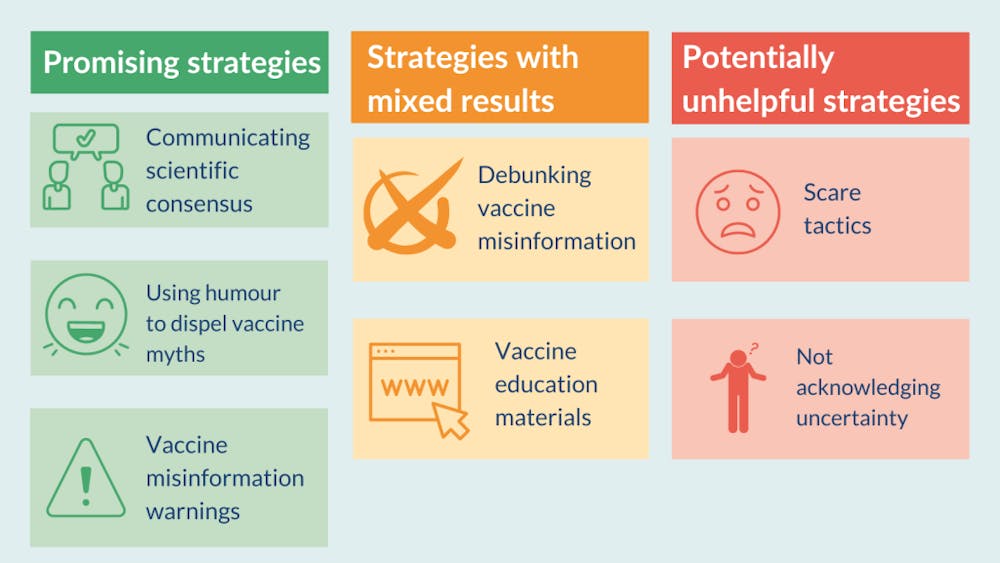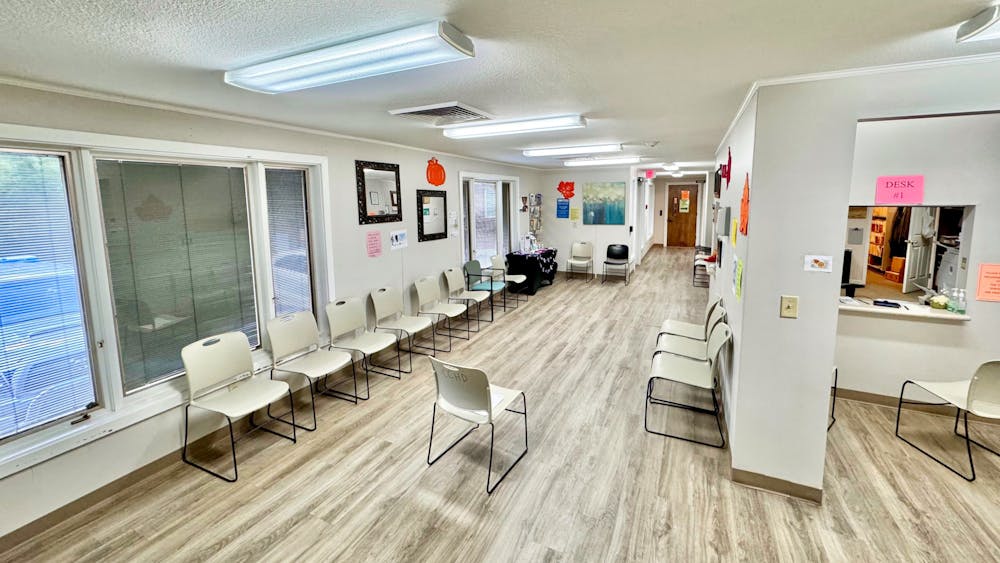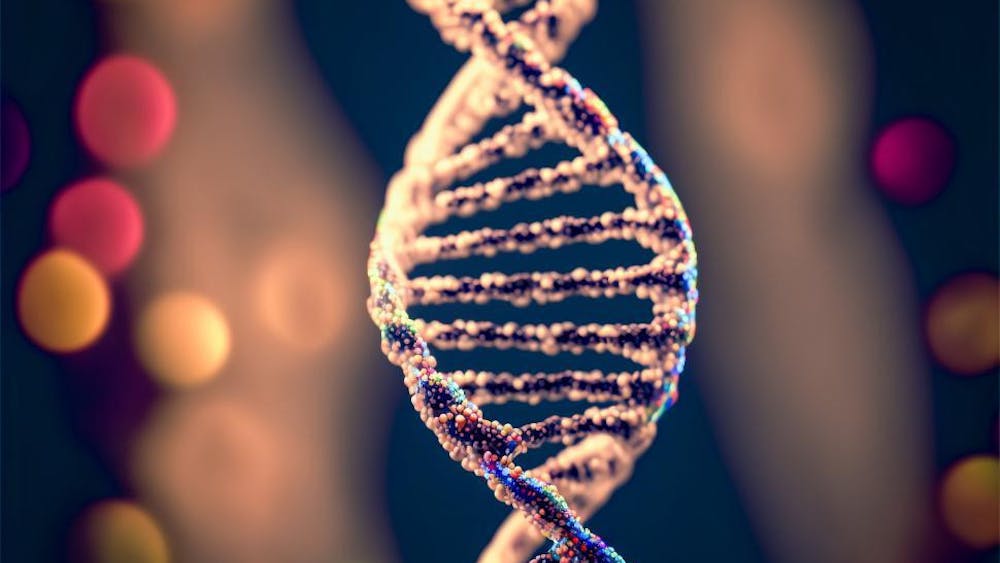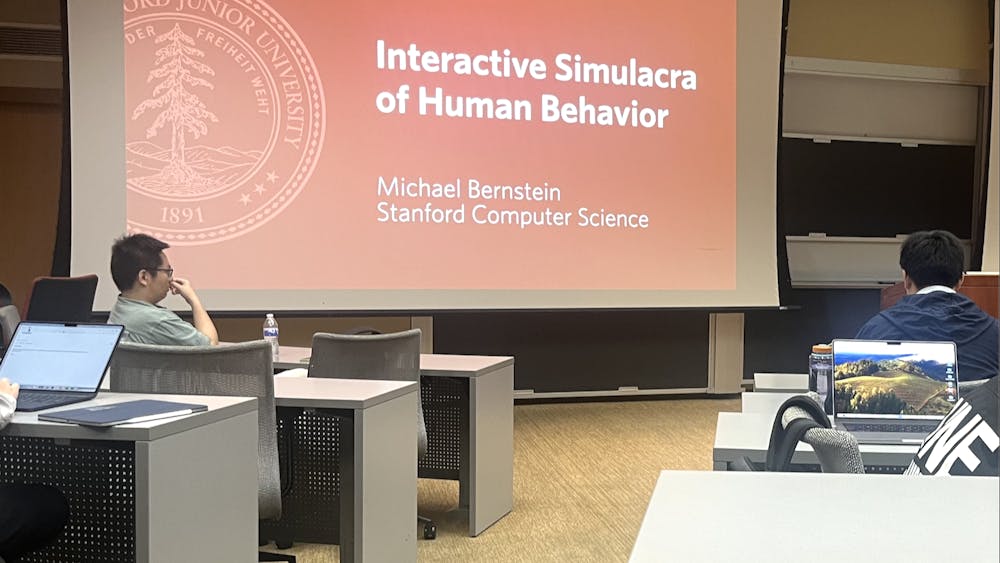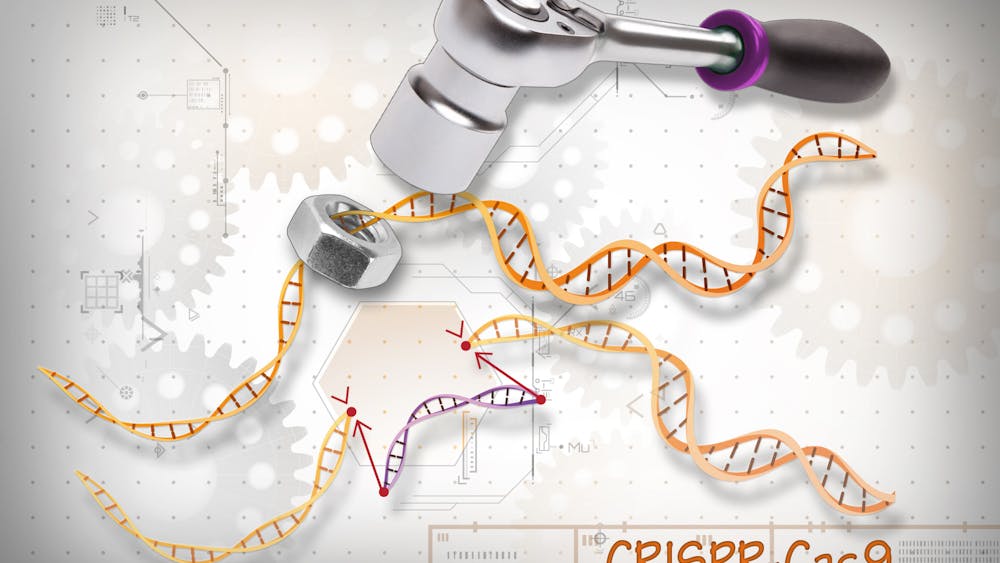Multi-agent learning for safe and efficient autonomous vehicles
By ANNIE HUANG | November 17, 2024Fei Miao, Pratt & Whitney Associate Professor at the University of Connecticut's School of Computing, delivered a talk titled “Learning and Control for Safety, Efficiency, and Resiliency of Embodied AI” on Nov. 8. Her presentation explored her team’s recent efforts to advance Multi-agent Reinforcement Learning (MARL) for Connected and Automated Vehicles (CAVs), which models multiple autonomous vehicles that can send and receive real-time information from nearby vehicles and infrastructure to enhance driving decisions.







